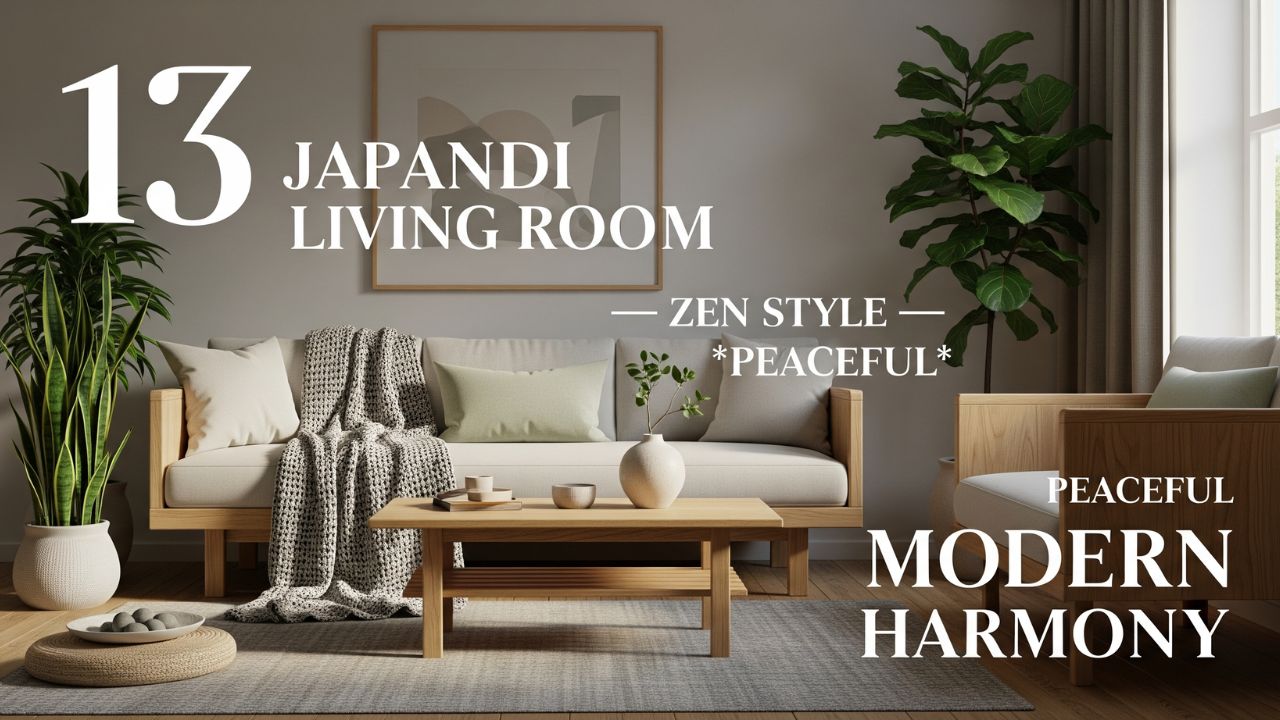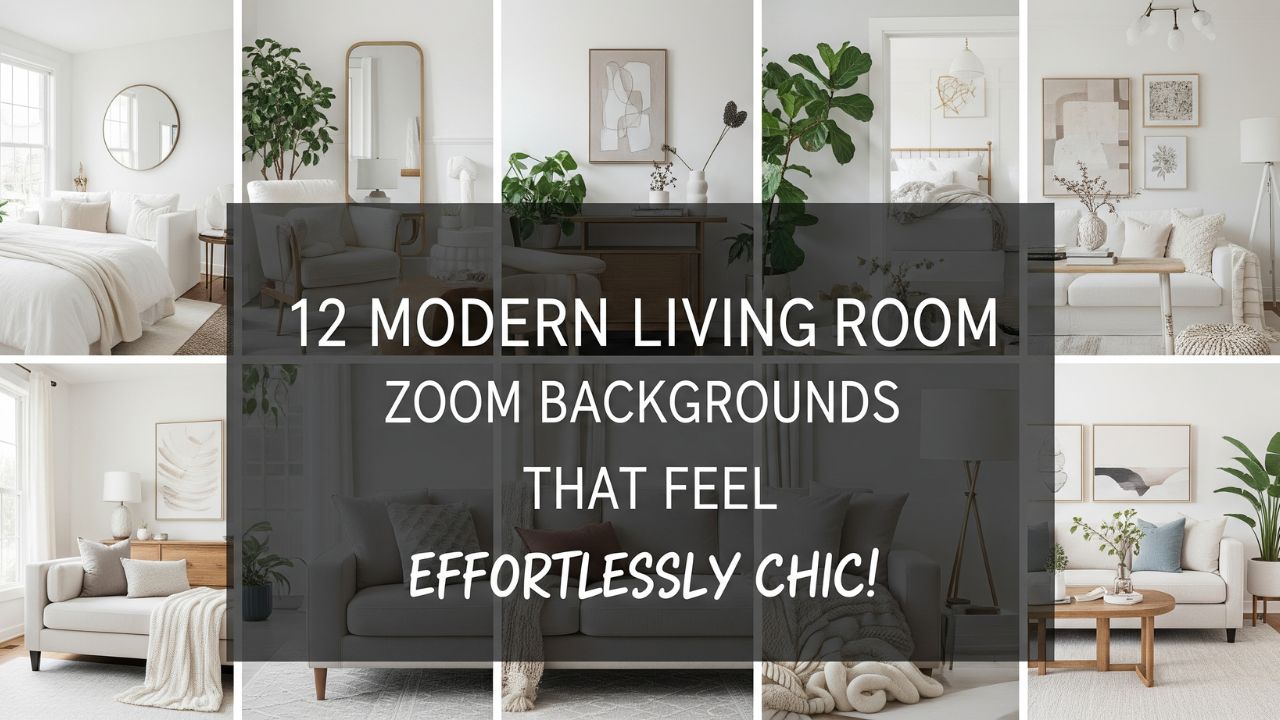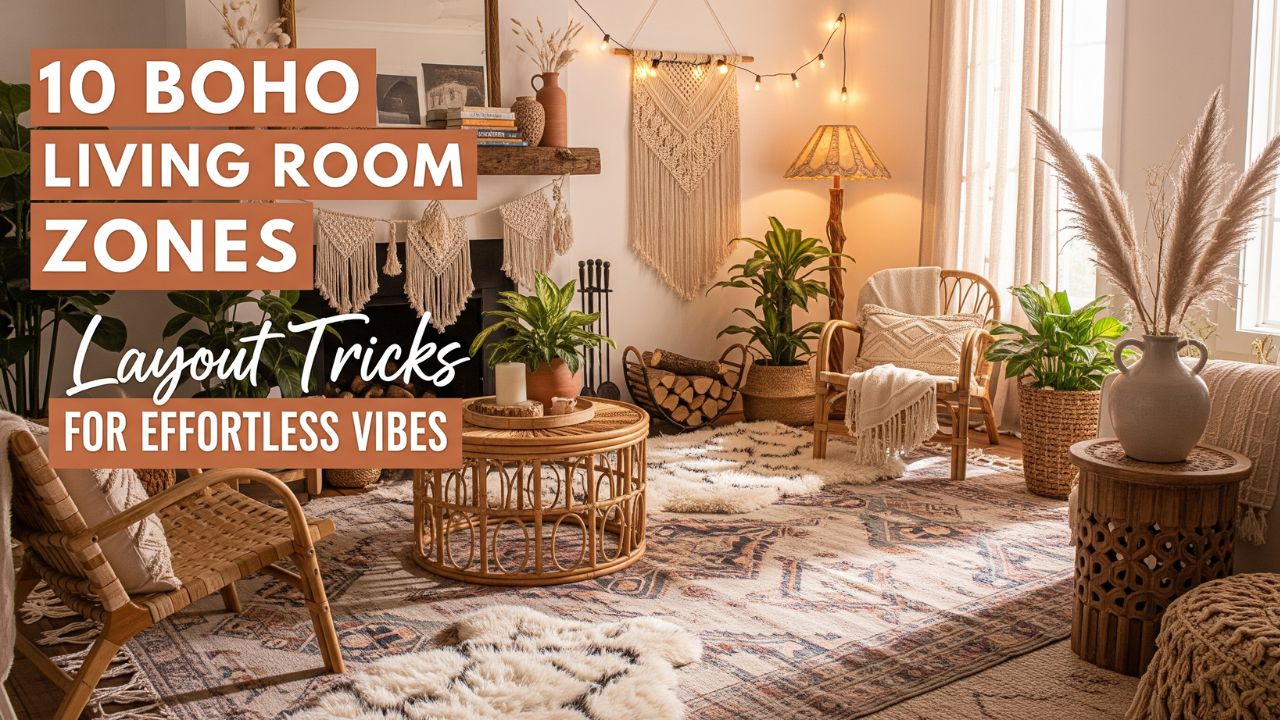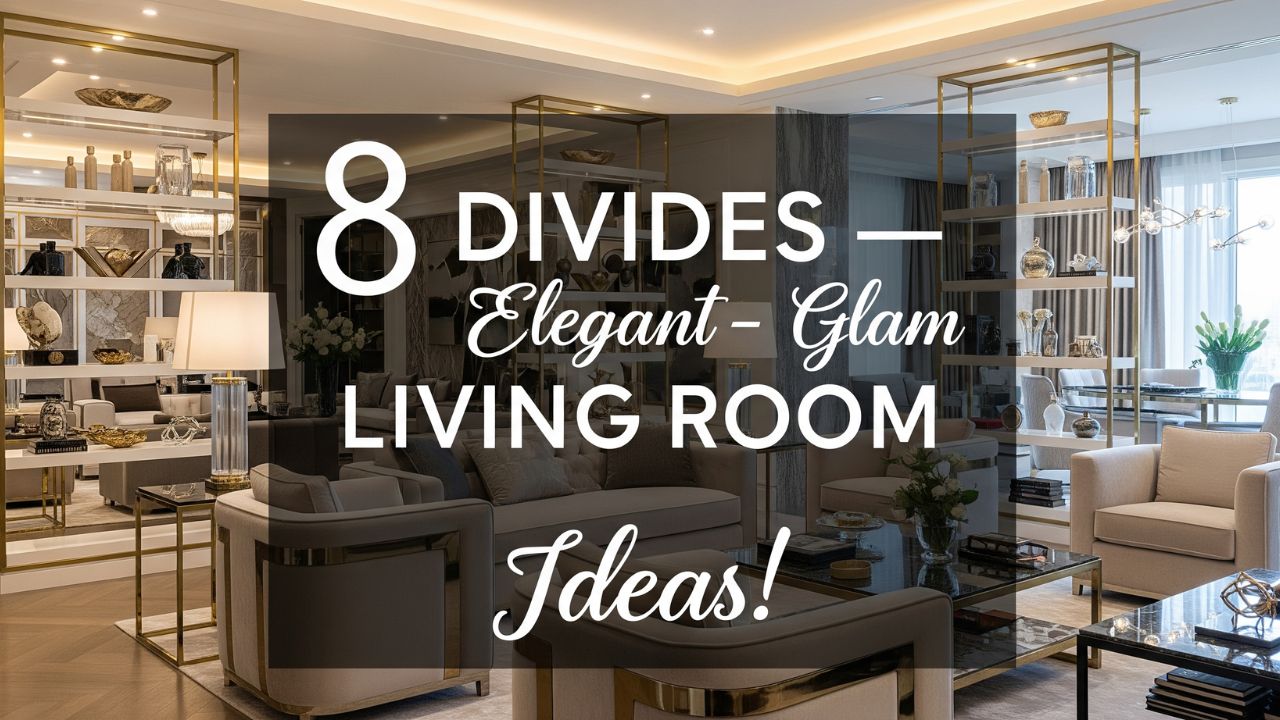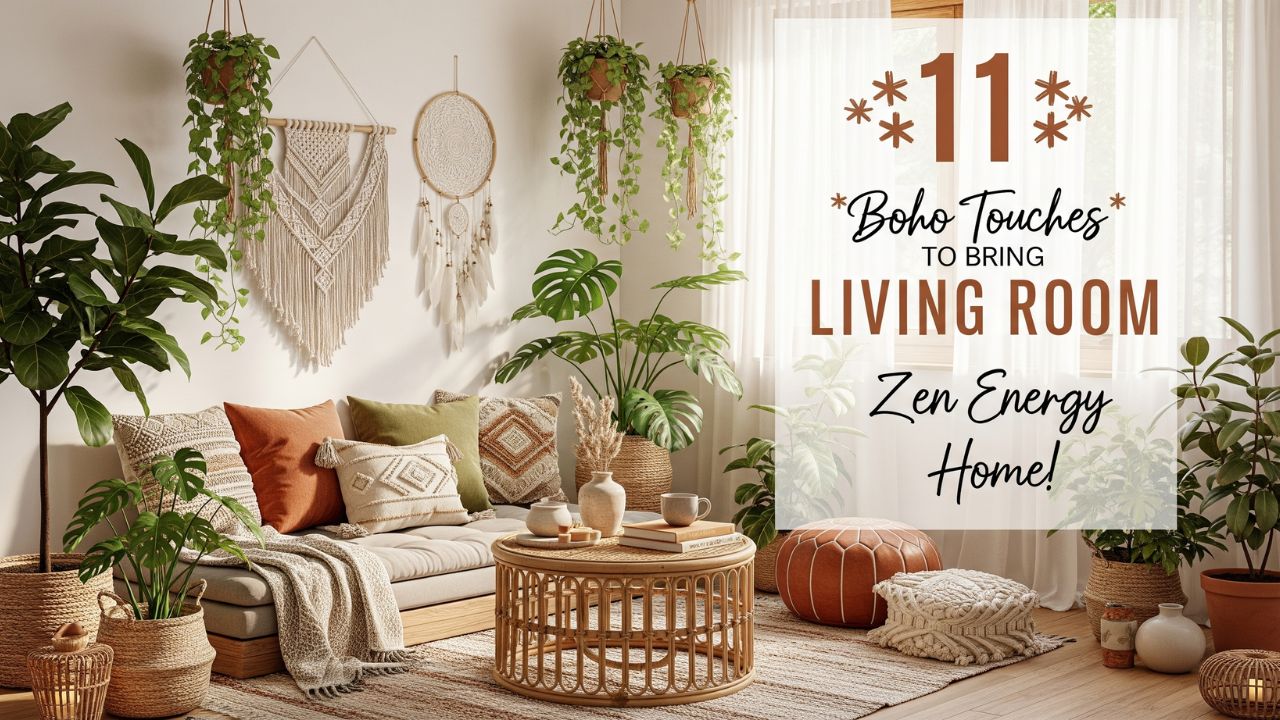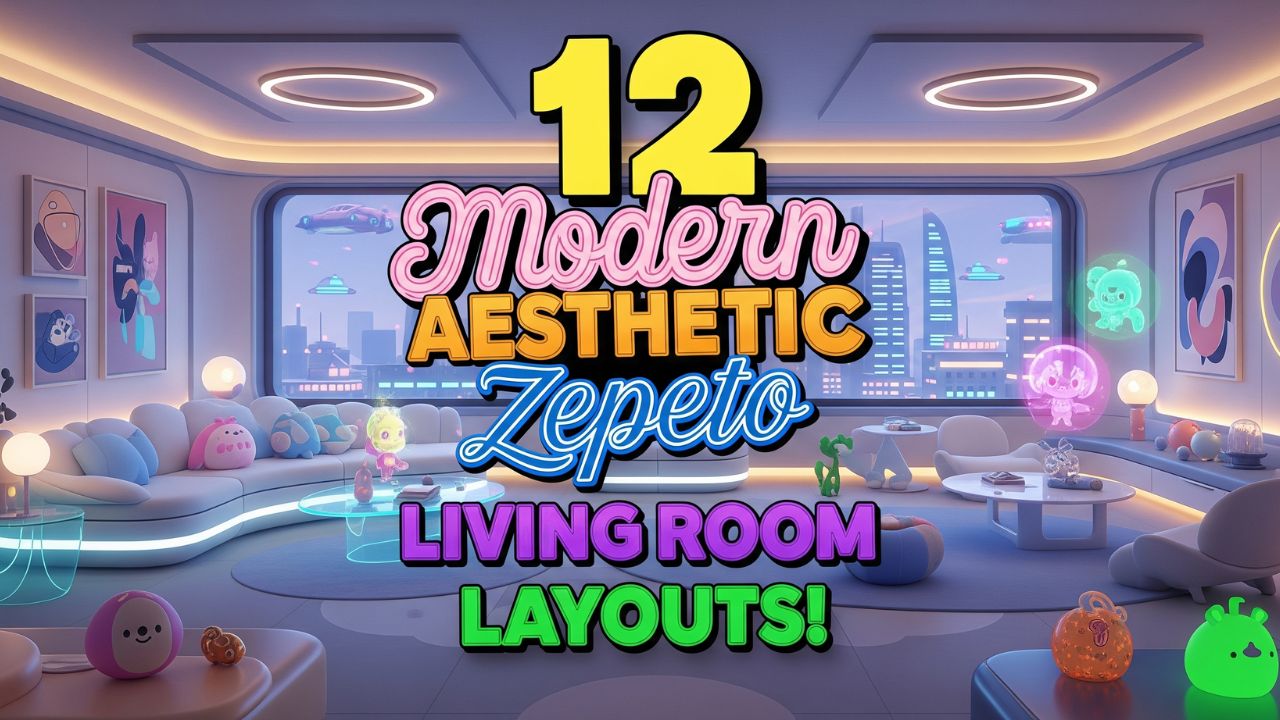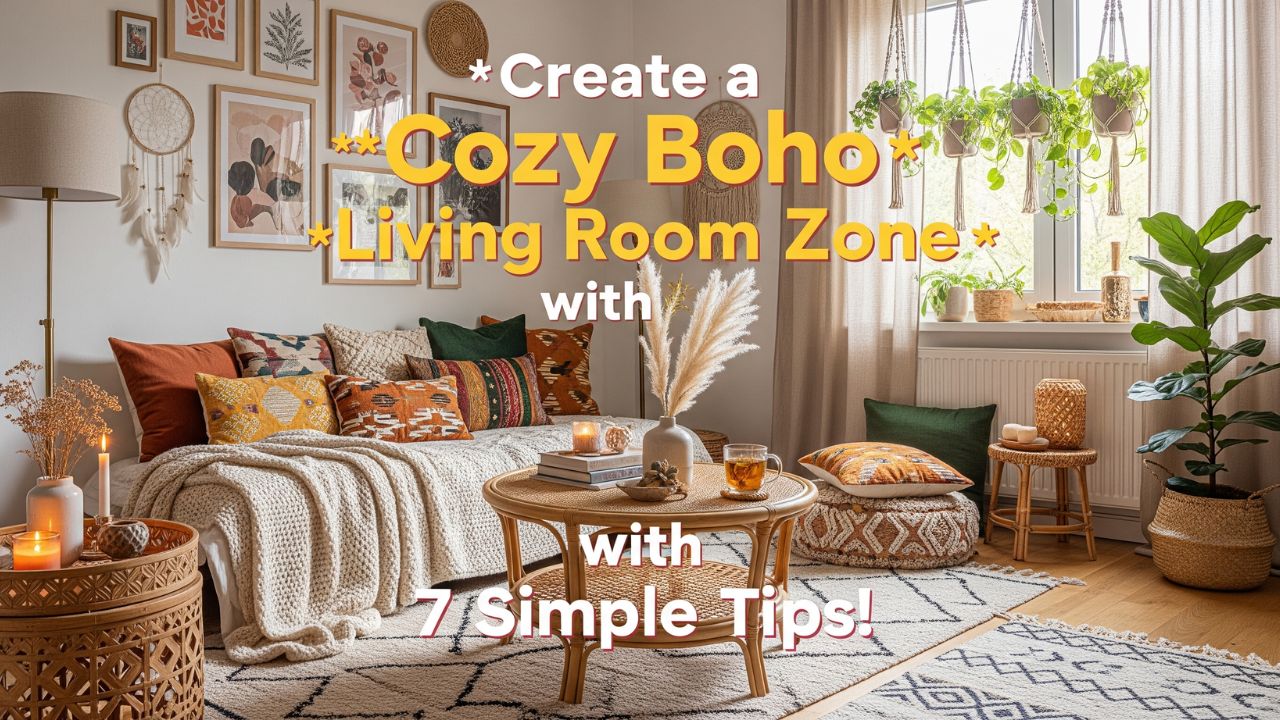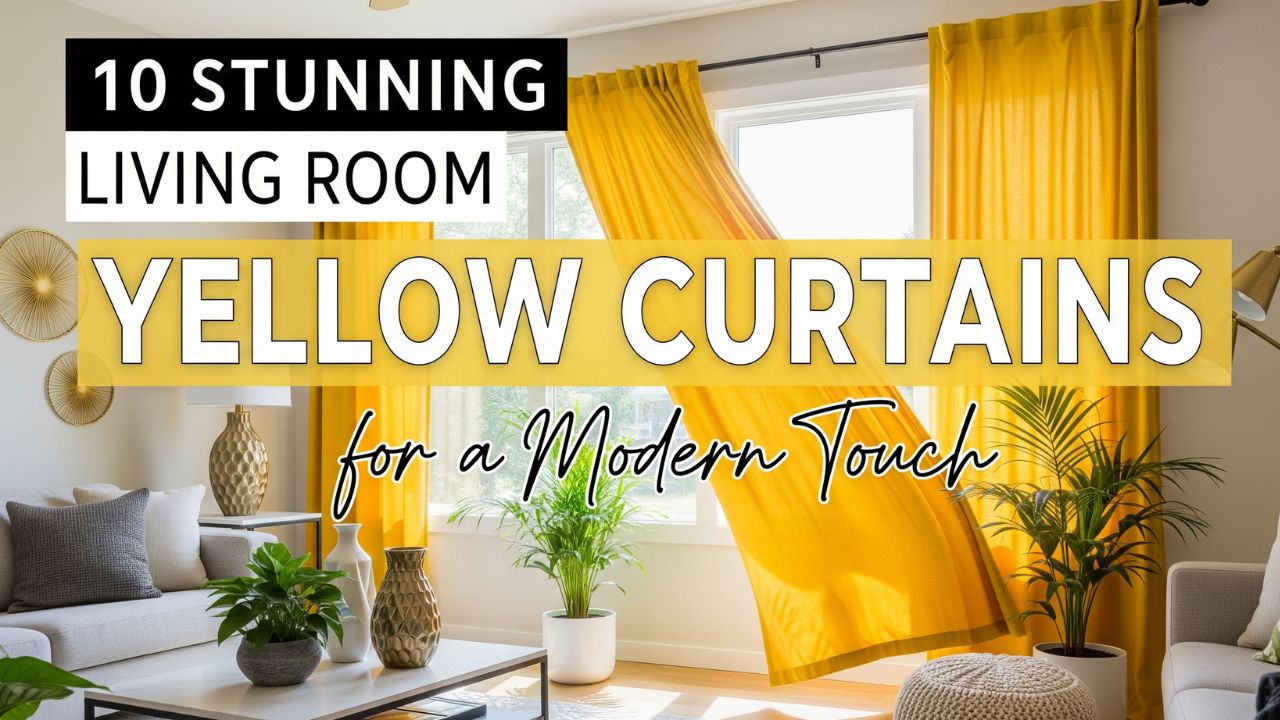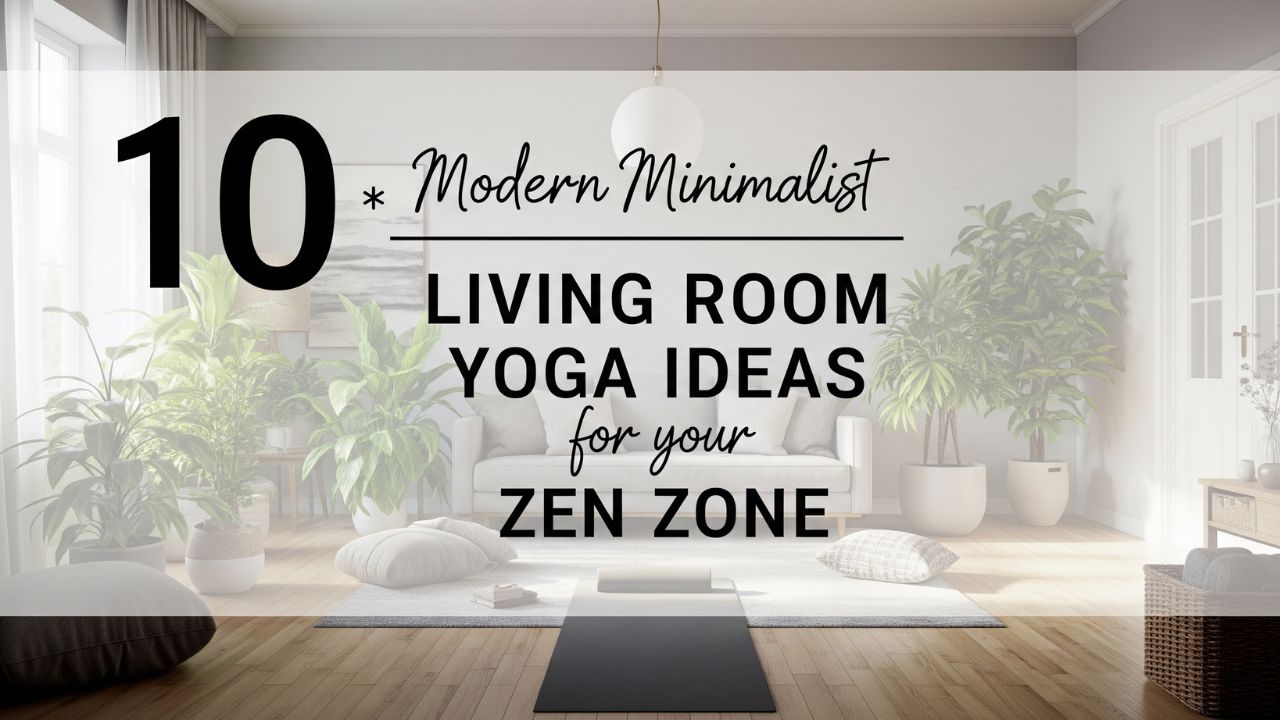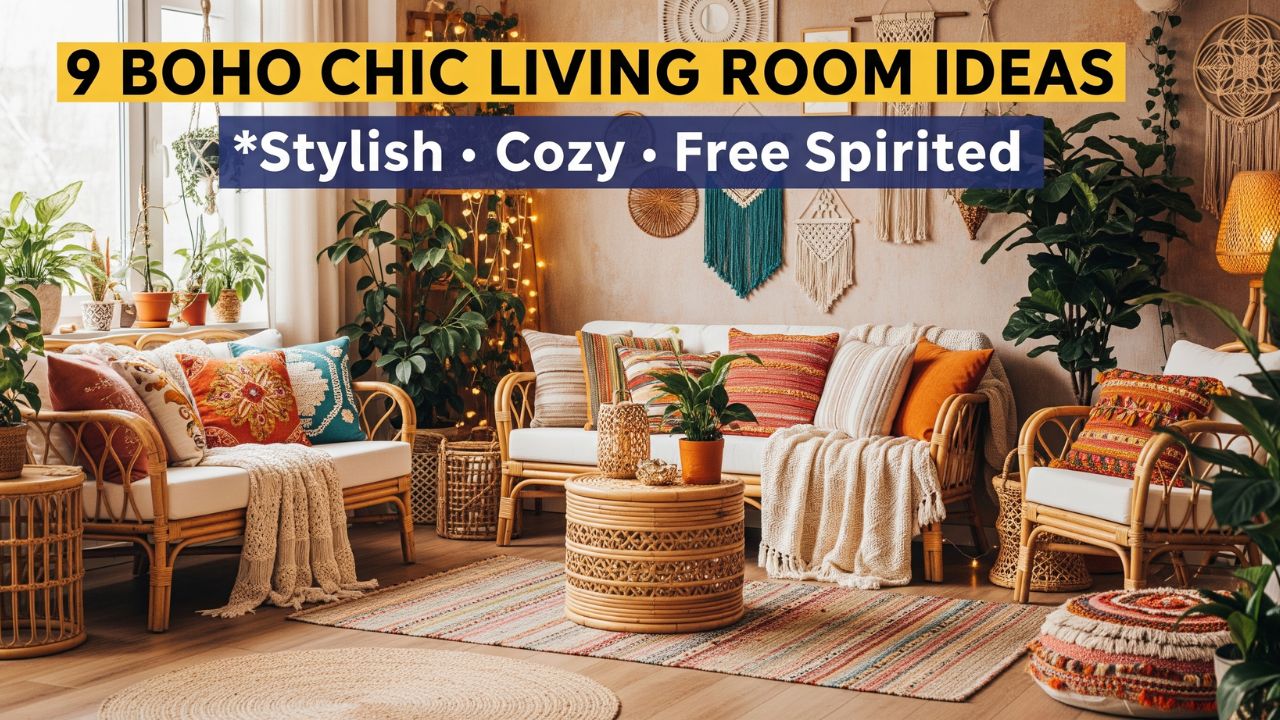Ever walked into a living room that instantly made you feel calm, open, and free — like your mind just took a deep breath?
That’s the power of minimalism.
Minimalist living isn’t about empty spaces or stark white walls; it’s about clarity — creating an environment where every item has a purpose, every shelf tells a quiet story, and nothing feels forced or excessive.
Shelves, especially in living rooms, are often the silent storytellers of your style. Yet, they’re also the most easily cluttered spaces. The trick lies in mastering the balance between functionality and aesthetics.
So today, we’re diving into 8 minimalist living room shelf décor ideas that give your space a clean, intentional, and effortlessly stylish look. These aren’t just “tricks” — they’re visual philosophies rooted in simplicity, proportion, and mindful design.
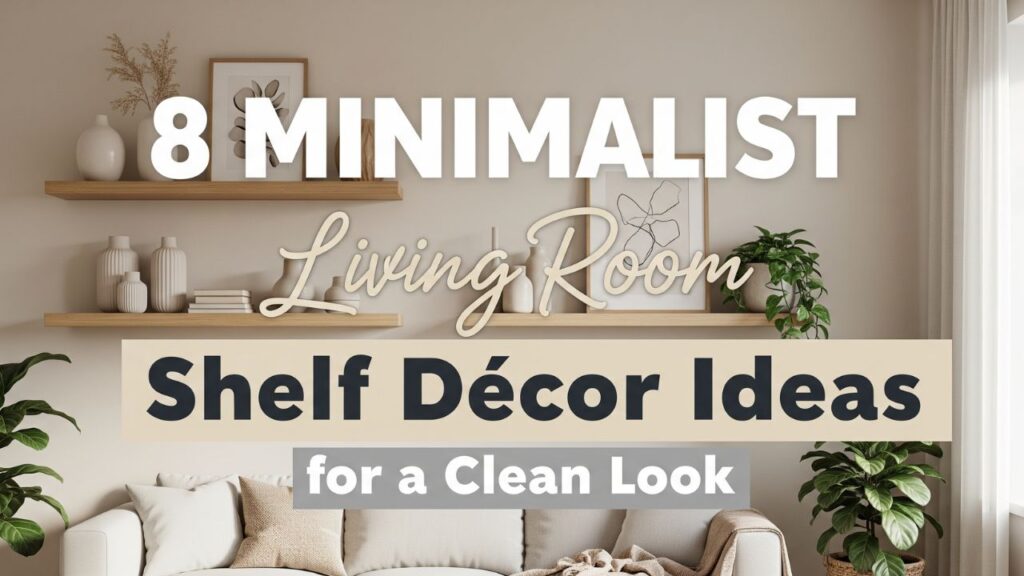
Table of Contents
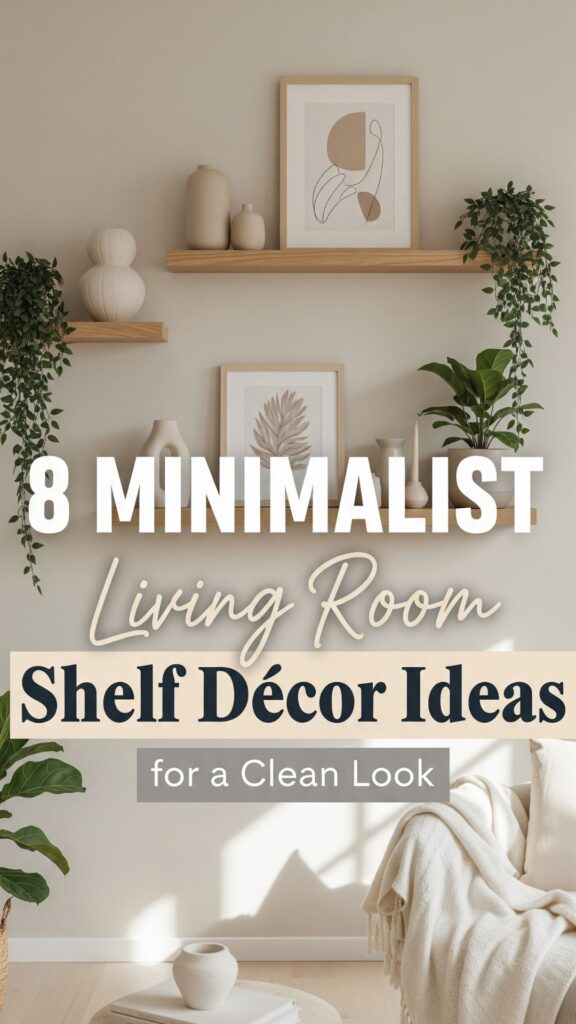
8 Minimalist Living Room Shelf Décor Ideas
1. Keep It Neutral with Monochrome Tones
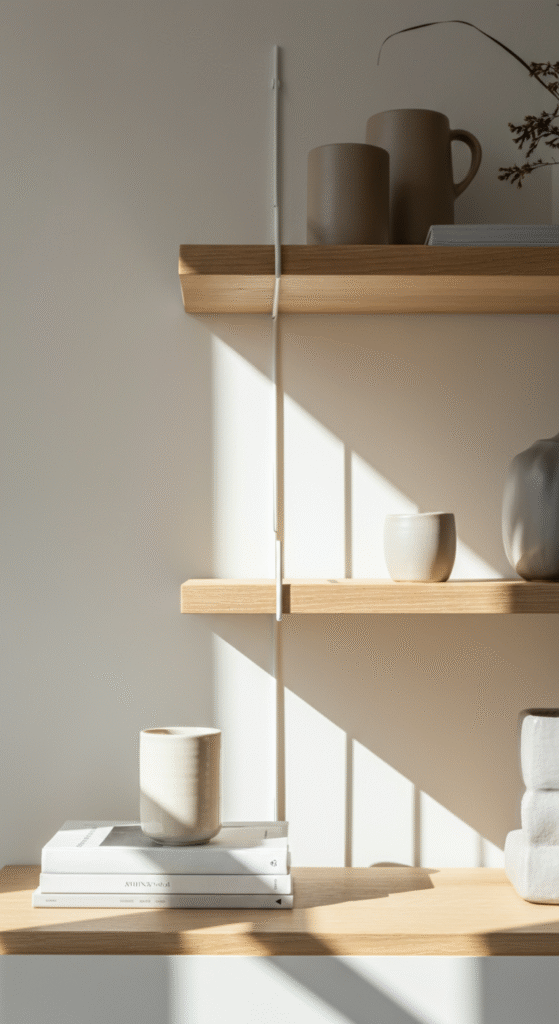
The foundation of any minimalist design starts with color restraint. Stick to a neutral color palette — whites, beiges, soft grays, or muted earth tones.
Neutral tones make shelves feel more spacious and harmonious. They allow the shapes and textures of your décor to speak louder than the colors themselves.
Do you know?
According to environmental psychologists, neutral spaces subconsciously promote calmness and clarity — making them ideal for living rooms where your mind should unwind, not react.
If your walls are white, add contrast with warm beige or natural wood accents on the shelves. For darker walls, go lighter with décor pieces to maintain balance and visual airiness.
2. Embrace the Power of Negative Space
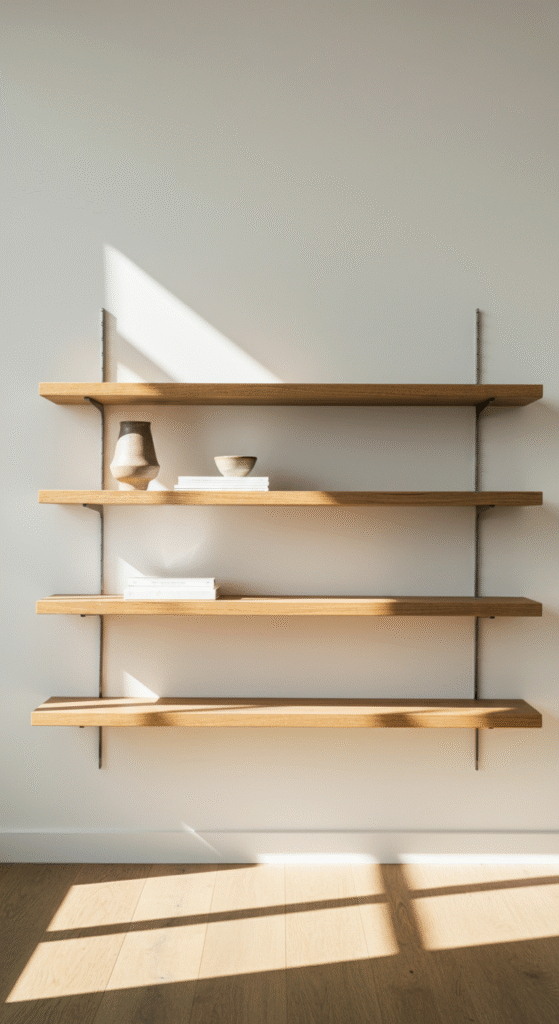
Here’s a counterintuitive truth: sometimes, the most impactful shelf isn’t full — it’s half-empty.
Negative space — the “empty” area around objects — gives your décor room to breathe. It creates rhythm, letting each item be appreciated without competing for attention.
Try styling your shelves using the “one-third rule”: fill only a third of each shelf with objects, and leave the rest open.
This subtle emptiness is what gives minimalist designs their refined, sophisticated look.
Myth Alert: Many people believe that minimalism is about “removing everything.” In reality, it’s about intentional placement. Every item left out is there for a reason.
3. Add Natural Textures
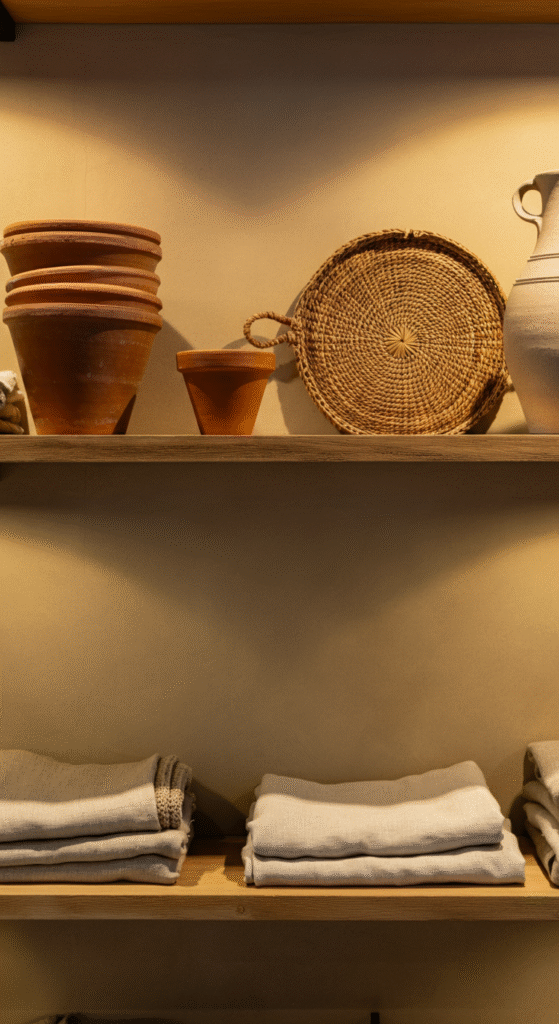
Minimal doesn’t mean sterile. In fact, natural materials bring warmth and depth to clean spaces.
Think of terracotta planters, woven baskets, ceramic vases, or reclaimed wooden accents. These organic textures add a tactile element that makes your minimalist shelves feel inviting, not cold.
Pro tip (without the fluff): mix no more than two or three textures per shelf. For instance, a ceramic vase beside a linen-wrapped book stack and a small potted plant is plenty.
Interesting Fact: Studies in interior design psychology reveal that natural textures subconsciously remind the brain of outdoor environments — helping reduce stress levels indoors.
4. Go Vertical with Visual Balance
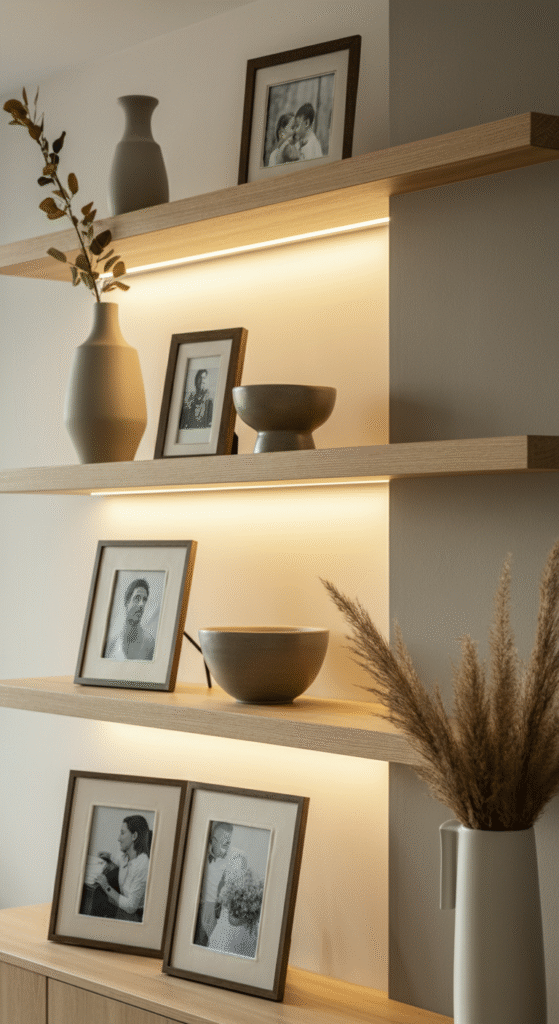
One of the biggest mistakes people make? Arranging everything horizontally.
Minimalist shelves thrive on visual hierarchy.
To achieve it, vary the height of objects — tall vases, mid-sized frames, short decorative bowls — arranged in subtle groups. This draws the eye naturally and adds flow.
You can also use vertical book stacking (instead of traditional horizontal piles) for a modern, gallery-like vibe.
The goal isn’t symmetry — it’s balance.
5. Use Books as Design Elements
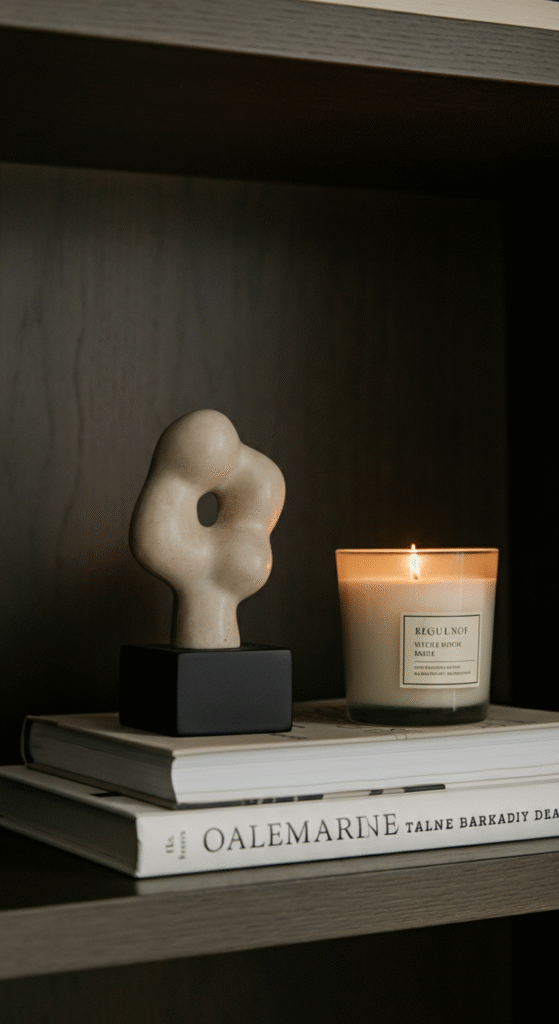
Books are the secret weapon of minimalist shelf styling. But not the way most people use them.
Instead of filling every inch with mismatched spines, curate by tone and theme.
Use books with cohesive cover colors (neutral, black, or beige) or wrap them in plain paper for a uniform look.
Stack 2–3 horizontally and place a small sculpture, candle, or plant on top for a minimalist statement.
Do you know?
In Japanese design philosophy, objects arranged with purpose (called Shibui) reflect quiet refinement — where beauty lies in subtlety and imperfection. Books styled this way capture that essence perfectly.
6. Introduce Greenery — But Lightly
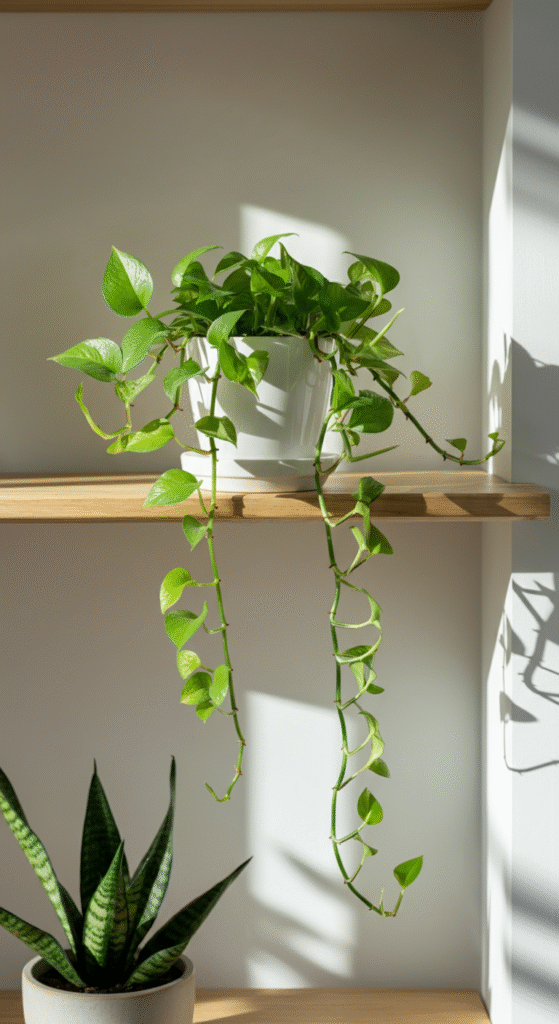
Plants bring life to minimalist interiors, but overdoing them kills the vibe instantly.
Opt for one or two well-placed plants — perhaps a trailing pothos on the top shelf or a sculptural snake plant on the side.
The idea is to complement the décor, not overpower it.
Choose minimalist planters — matte ceramics, stone, or muted terracotta — and avoid bright pots that distract from the overall harmony.
Fact: Indoor greenery not only adds oxygen but psychologically improves mood and focus — exactly what a minimalist space aims to enhance.
7. Include One Statement Piece
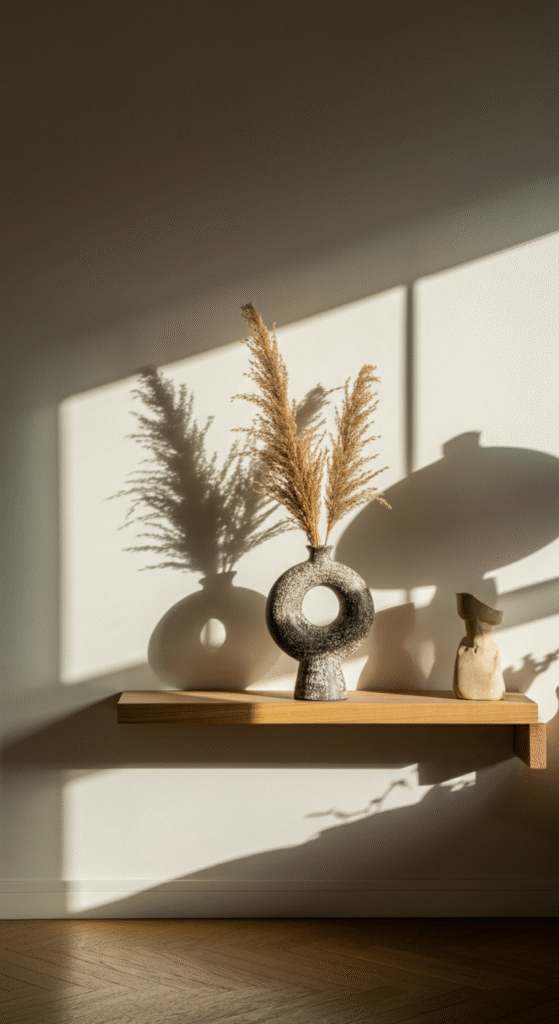
Minimalism doesn’t mean blandness. You can have a showstopper — just one.
Choose a statement décor item like a large sculptural vase, an abstract art piece, or a geometric clock.
Place it strategically on an eye-level shelf to naturally draw attention.
When surrounded by negative space, a single bold object feels even more powerful.
It’s like silence amplifying a whisper — less clutter makes beauty louder.
Design Insight: Professional stylists often use “hero pieces” in minimal interiors — singular objects that anchor the design and set the tone for the entire space.
8. Go Functional: Combine Décor with Utility
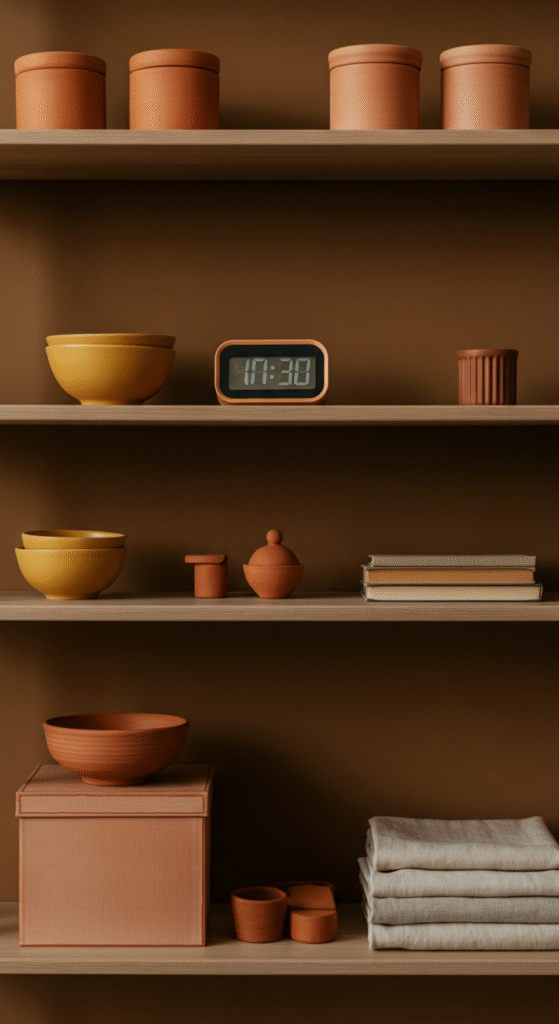
True minimalism is beautiful because it’s practical.
So instead of filling your shelves with meaningless trinkets, include functional yet aesthetic items.
Think:
- Stylish storage boxes for remotes or cables.
- Sculptural bookends that serve as art.
- Ceramic bowls to hold keys or small essentials.
Functionality ensures your space doesn’t just look clean — it stays clean.
Do you know?
Minimalist interiors originated from 1960s Bauhaus design principles, which valued the union of form and function — every object had to “earn its place.”
Bonus Tip: Play with Lighting
Subtle lighting elevates minimalist shelves from ordinary to ethereal.
Try LED strip lights hidden under floating shelves or small warm-toned lamps beside them.
Soft lighting emphasizes shadows, textures, and negative spaces — all vital in minimalist aesthetics.
Avoid harsh white or cool-toned lights that make spaces feel sterile. Warm, diffused glow works best for cozy minimalism.
Conclusion
Minimalist shelf décor isn’t about having less — it’s about showing more with less.
Every texture, object, and space speaks a quiet language of intention.
When you curate thoughtfully — neutral colors, natural textures, negative space, and balanced proportions — your living room stops being just a room. It becomes a calm visual narrative that reflects discipline, serenity, and modern elegance.
So next time you stare at your living room shelves, don’t think, “What can I add?”
Ask yourself instead, “What truly deserves to stay?”
Because that’s the heart of minimalism — clarity in form, purpose in design, and peace in simplicity.
Frequently Asked Questions (FAQs)
How do I make my living room shelves look minimalist?
Start by removing visual clutter and keeping only purposeful items. Use a neutral color palette, leave enough negative space between objects, and focus on simple, functional décor. The goal isn’t emptiness — it’s intention.
What colors work best for minimalist shelf décor?
Stick with neutral shades like white, beige, taupe, light gray, or soft earth tones. You can introduce subtle contrast using black or natural wood, but avoid too many vibrant or saturated colors that break the calm visual flow.
How can I decorate shelves without making them look cluttered?
Follow the “one-third rule” — fill only one-third of the shelf and keep the rest open. Group items in small clusters of two or three, mix heights and textures, and ensure consistent spacing. Every item should earn its place.
Should I use plants in minimalist shelf décor?
Yes, but sparingly. One or two well-chosen plants (like a pothos, ZZ plant, or snake plant) can add organic warmth without overwhelming the shelf. Stick to neutral-toned pots with matte finishes for cohesion.
What are some affordable minimalist décor ideas for shelves?
You can use books with coordinated covers, simple ceramics, wooden bowls, or thrifted glassware. Even an empty frame, a candle, or a small natural sculpture can look elegant if styled intentionally. Minimalism isn’t about cost — it’s about curation.
